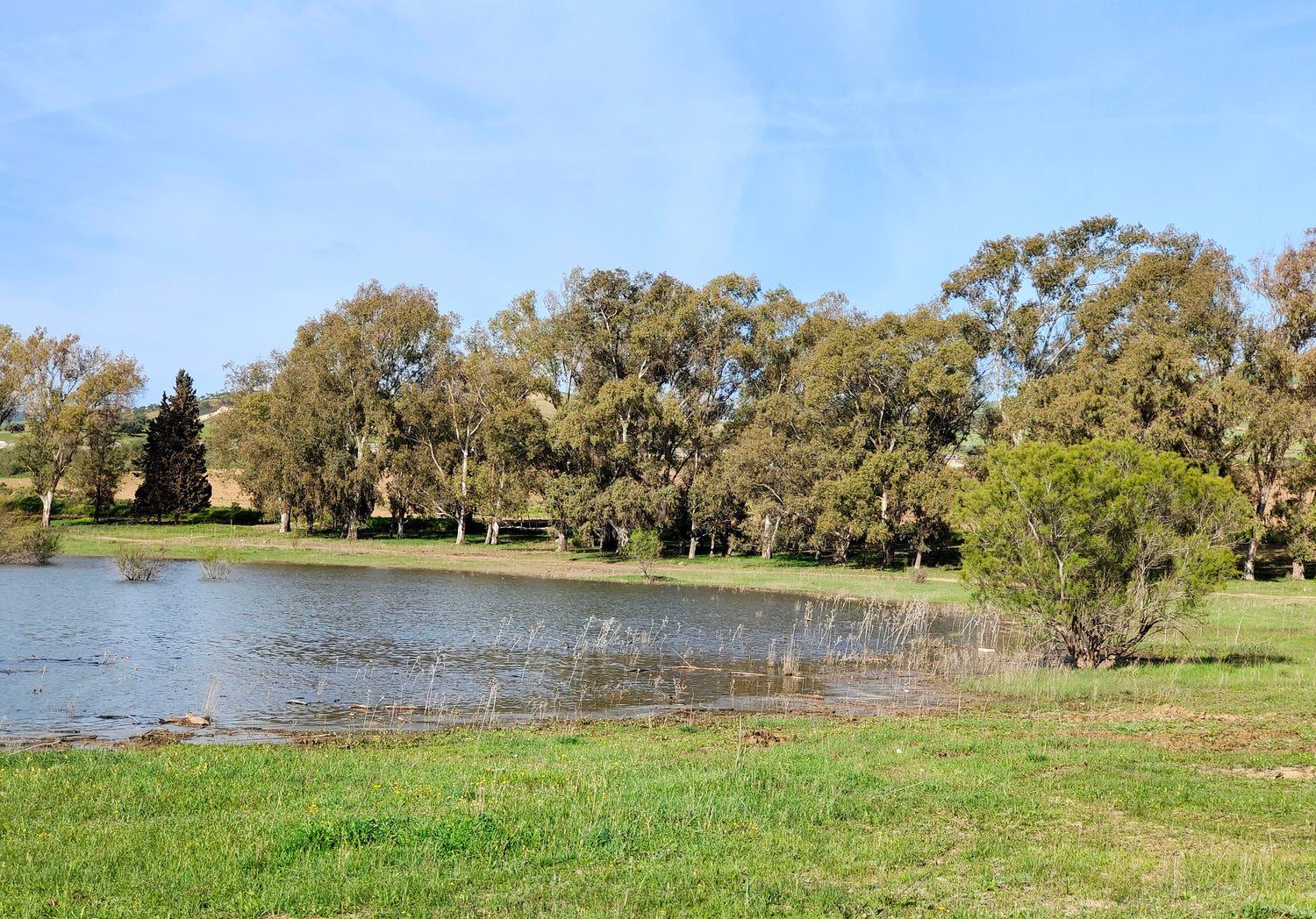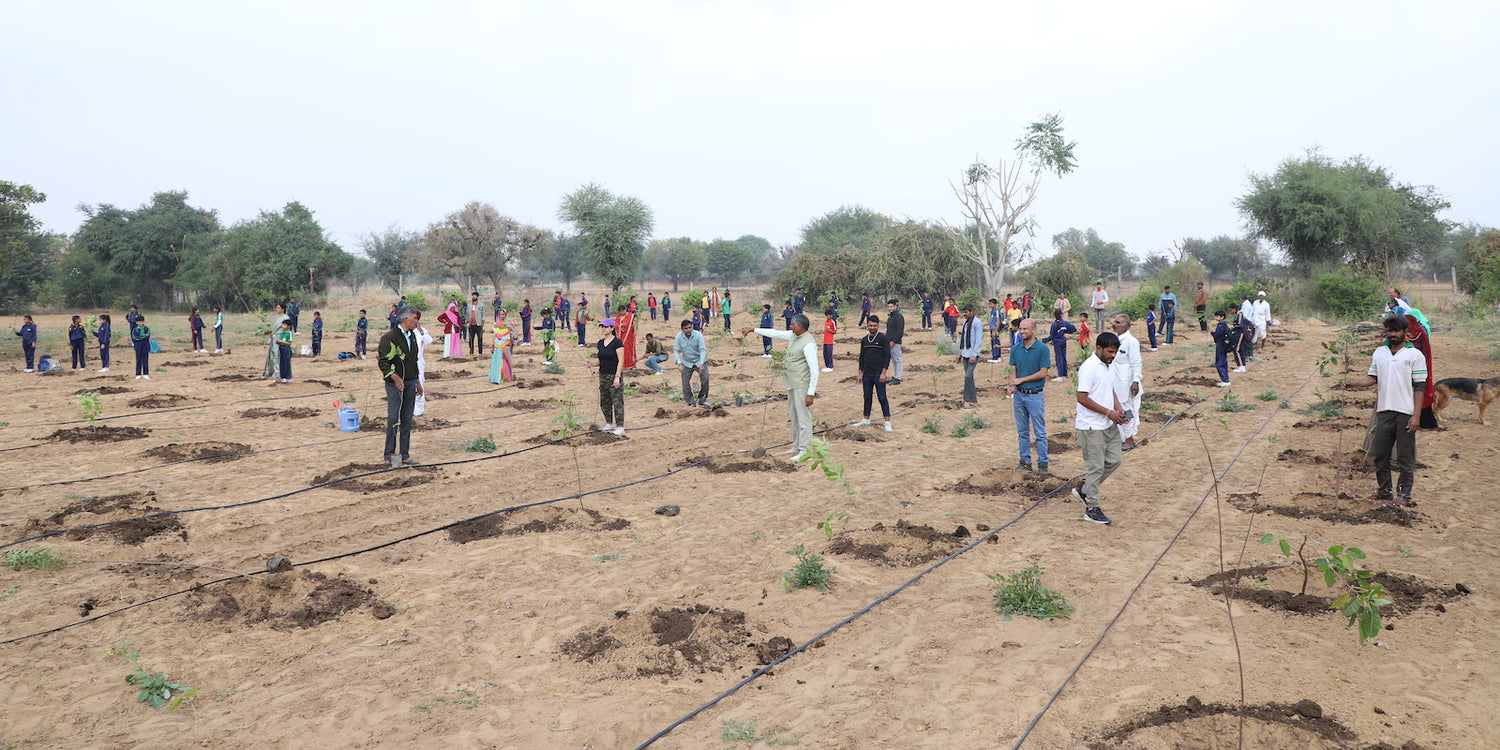Reviving India’s Lakes: Innovative Restoration Methods for a Sustainable Future
Lakes are the lifelines of ecosystems, supporting biodiversity, groundwater recharge, and local communities. However, rapid urbanization, polluti Read more
Connect with us
-
👥 Corporates
If you are looking for:
- 🌲 Tree Plantation Events
- 📊 CSR Projects
📧 corporate@growbilliontrees.com
📞 +91 9699723523
💬 +91 9325931304 WhatsApp (Only)
🕒 Mon - Sat | 10am - 7pm IST
-
🧩 Tree Plantation NGOs
If you are looking for:
- 💰 Financial Assistance
- 🤝 Operational Support
📧 support@growbilliontrees.com
📞 +91 9699723523
💬 +91 9325931304 WhatsApp (Only)
🕒 Mon - Sat | 10am - 7pm IST
-
🌼 Individuals
If you are looking for:
- 👥 Group Tree Plantation Drive
- 🌳 Bulk Tree Plantation
📞 +91 9699723523
💬 +91 9325931304 WhatsApp (Only)
🕒 Mon - Sat | 10am - 7pm IST
Trees for Corporates
Trending
Reviving India’s Lakes: Innovative Restoration Methods for a Sustainable Future
Lake Desilting Techniques
Desilting is like giving lakes a detox session, clearing out decades of accumulated muck and sludge. It deepens lake beds, increases water storage, and improves flow. By removing silt, the lake breathes easier, rejuvenating groundwater recharge and aquatic life. Think of it as Marie Kondo-ing nature—tidy lake, happy ecosystem.
Floating Treatment Wetlands
Imagine floating islands that don’t just look pretty but also clean water! Floating treatment wetlands use aquatic plants to absorb toxins and pollutants. These green rafts are eco-engineering marvels, tackling urban waste with style and creating new habitats for fish, birds, and insects.
Community-Led Lake Restoration
When locals step up, miracles happen. From clean-up drives to lake monitoring, community efforts ensure restoration isn’t just a one-time event. When citizens feel ownership, lakes thrive because who better to protect them than those who depend on them every day?
Stormwater Management Systems
Redirecting rainwater into lakes isn’t rocket science; it’s just smart planning. Stormwater management prevents flooding, recharges lakes, and reduces urban runoff. By capturing nature’s gift, we let lakes fill up naturally while keeping our streets puddle-free.
Bioremediation of Lakes
Bioremediation is nature’s version of self-healing. By introducing microorganisms, enzymes, or native plants, polluted water transforms into cleaner, oxygen-rich ecosystems. It’s like sending bacteria superheroes to rescue lakes from industrial villains.
Mangrove Buffer Zones
Mangroves are more than coastal warriors; they’re freshwater lake heroes too. These natural barriers prevent soil erosion, filter water, and protect against sedimentation. Plus, mangroves foster thriving mini-ecosystems, turning degraded lake zones into biodiversity hotspots.
Urban Lake Sustainability Projects
With cities expanding, urban lakes are gasping for life. Sustainability projects tackle encroachments, pollution, and waste management. Reviving urban lakes not only cools cities but also creates green lungs, where urban chaos meets natural peace.
Artificial Wetlands for Filtration
Artificial wetlands are the unsung heroes of water treatment. They mimic nature’s filtration system, absorbing heavy metals and breaking down organic waste. Picture a wetland water spa, cleansing every drop and bringing lakes back to life.
Eco-Tourism in Restored Lakes
Restored lakes aren’t just about conservation; they’re destinations. Eco-tourism brings visitors who appreciate nature’s beauty, boosting local economies and funding conservation. Picture birdwatching, kayaking, and picnics—all on sparkling, rejuvenated water.
Citizen Science in Lake Monitoring
Data is power, and citizens are key contributors. Through apps and simple tools, locals monitor lake health, water quality, and pollution levels. Their efforts ensure quick action and keep authorities accountable—because saving lakes is a team effort.
Sustainable Waste Management for Lakes
Trash in lakes? Not anymore. Sustainable waste management systems sort, recycle, and compost lake-side garbage before it can pollute. It’s about stopping waste at its source and giving lakes a pollution-free future.
Rainwater Harvesting for Lakes
Rain is free, and lakes love it. By capturing rainwater and channeling it to lakes, we solve water scarcity and restore natural water bodies. Rainwater harvesting isn’t just a solution; it’s a celebration of nature’s gift.
You may like
-

Gift a Tree
"Gift a Tree" is a concept where you can purchase and dedicate...
-

Trees For Shiv Ji
Trees For Shiv Ji is a meaningful initiative aimed at honoring Lord...
-

Tree plantation for Shri Ram
Embark on a sacred journey of environmental devotion with Tree Plantation for...
-

Tree Plantation on Navratri
Planting trees during Navratri is a meaningful way to honor the divine feminine...
-

Tree Plantation by Cause
Tree plantation for a cause is a movement that aims to address...
Corporate Plantations
-

Trees for Corporates
Trees for Corporates embodies a strategic commitment by businesses to environmental sustainability...
-

Tree Plantation for CSR
Tree plantation for Corporate Social Responsibility (CSR) involves companies and organizations actively...
-

Tree Plantation for SDG
Tree plantation stands as a multifaceted solution to a myriad of global...
-

Tree Plantation for ESG
Tree plantation emerges as a powerful tool to address ESG goals effectively....
-

Tree Plantation by Location
Tree Plantation by Location is a dynamic initiative aimed at tailoring tree...
FAQ
What is lake restoration and why is it important?
Lake restoration is the process of reviving degraded lakes by removing pollutants, restoring biodiversity, and improving water quality. Healthy lakes recharge groundwater, support ecosystems, and combat urban heat. At Grow Billion Trees, we treat lakes as nature’s lifelines—because without them, we lose more than just water.
How does Grow Billion Trees contribute to lake restoration?
We combine eco-friendly methods like desilting, bioremediation, and mangrove planting to restore lakes naturally. By partnering with communities, corporates, and experts, we ensure sustainable, long-term results that benefit people and the planet.
What are the main causes of lake degradation in India?
Pollution, encroachments, untreated sewage, and excessive siltation are the biggest culprits. Rapid urbanization has pushed lakes to the brink, but with awareness and action, they can be saved.
Why are mangroves important for lake restoration?
Mangroves act as nature’s filters, reducing soil erosion and absorbing pollutants. Their roots trap sediments while providing habitats for birds and fish. At Grow Billion Trees, we promote mangrove planting to protect lakes and boost biodiversity.
How can communities participate in lake restoration?
Communities play a vital role by joining clean-up drives, monitoring water quality, and spreading awareness. Local ownership ensures lakes remain clean, healthy, and protected for future generations.
What innovative methods are used in lake restoration?
Techniques like desilting, floating treatment wetlands, bioremediation, and stormwater management are game-changers. These solutions not only clean lakes but restore their natural ecosystems sustainably.
How does lake restoration benefit urban areas?
Restored lakes cool cities, reduce flooding, and recharge groundwater. They become green spaces for recreation, improving mental health and creating vibrant urban ecosystems.
What role does rainwater harvesting play in restoring lakes?
Rainwater harvesting channels excess rain into lakes, recharging them naturally. It prevents flooding, conserves water, and ensures lakes remain filled even during dry spells.
How does lake restoration impact biodiversity?
Clean, healthy lakes attract migratory birds, support aquatic life, and restore natural habitats. Biodiversity thrives when lakes are free of pollutants and invasive species.
Why is bioremediation used in lake restoration?
Bioremediation uses nature’s own tools—microbes and plants—to clean polluted water. It’s chemical-free, cost-effective, and restores ecosystems naturally, making it an ideal solution for degraded lakes.
How does lake restoration fight climate change?
Healthy lakes act as carbon sinks, absorb excess rainwater, and regulate local temperatures. Restoring lakes is a key step in building climate-resilient ecosystems and cities.
How can I support Grow Billion Trees in lake restoration?
You can volunteer, donate, or partner with us to fund lake restoration projects. Every contribution—big or small—helps revive lakes, create green spaces, and build a sustainable future.























